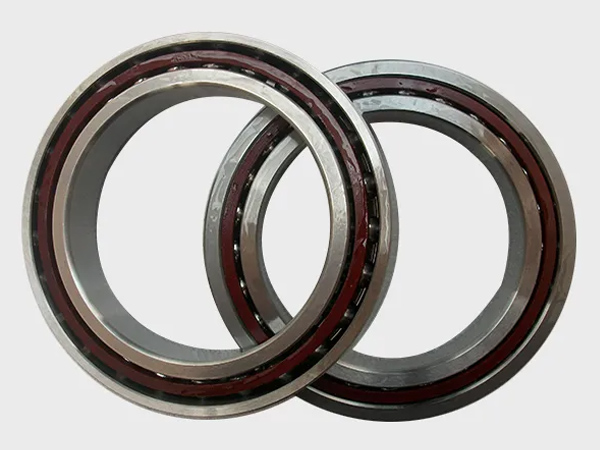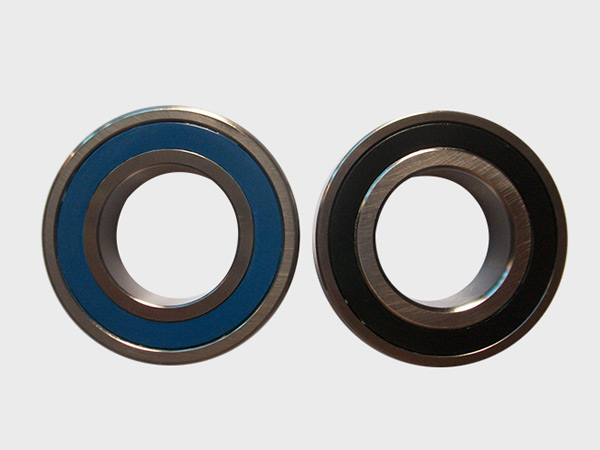Cylindrical roller bearings are designed to handle heavy radial loads and operate at high speeds. They come in various sizes and configurations to suit different applications. Here’s a summary of the typical sizes and dimensions for cylindrical roller bearings:
Basic Designations

Cylindrical roller bearings are typically categorized by their design, denoted by specific series designations. Common series include:
N Series: Single row, inner ring has two flanges, outer ring has no flanges.
NU Series: Single row, outer ring has two flanges, inner ring has no flanges.
NJ Series: Single row, outer ring has two flanges, inner ring has one flange.
NUP Series: Single row, outer ring has two flanges, inner ring has one flange and a loose flange ring.
NF Series: Single row, outer ring has one flange, inner ring has two flanges.
NN Series: Double row, used for applications requiring high radial load capacity.
NNU Series: Double row, used for high radial load applications with greater rigidity.
Common Sizes and Dimensions

Cylindrical roller bearings come in a wide range of sizes. Here is a summary of typical dimensions for some of the common series:
NU Series
…
For more detailed information about cylindrical roller bearing models, please click here: https://www.lkwebearing.com/news-center/cylindrical-roller-bearing-size.html













